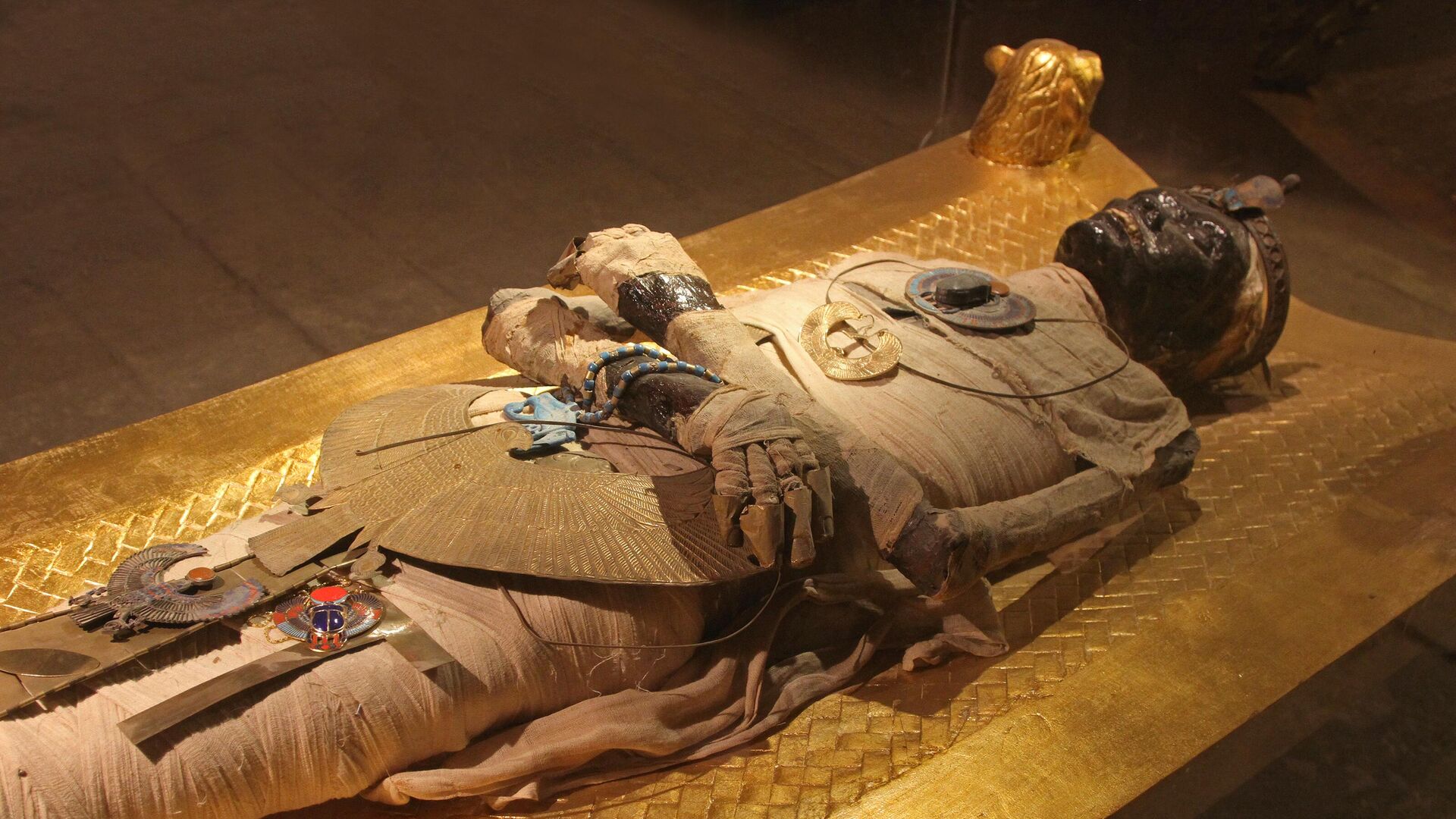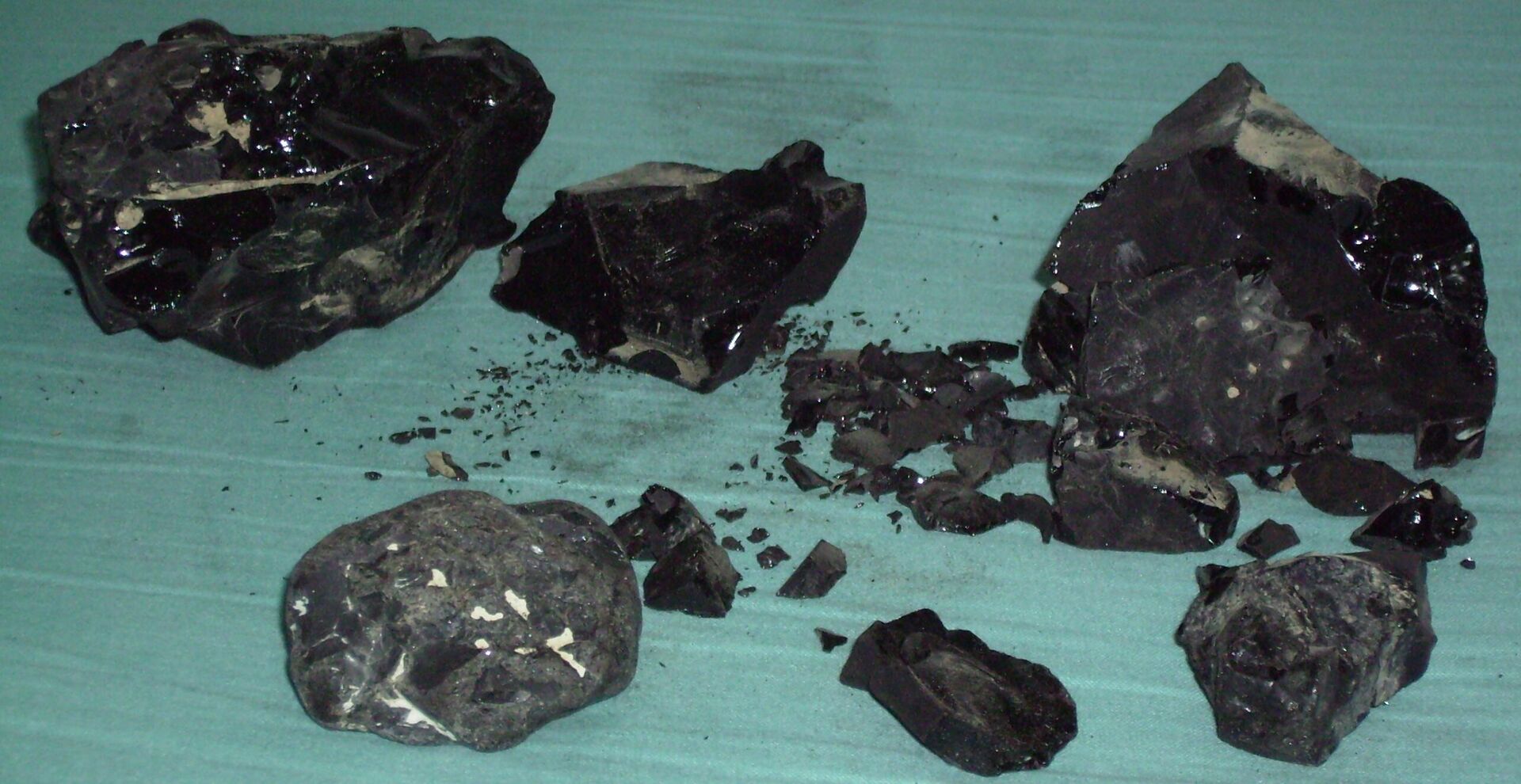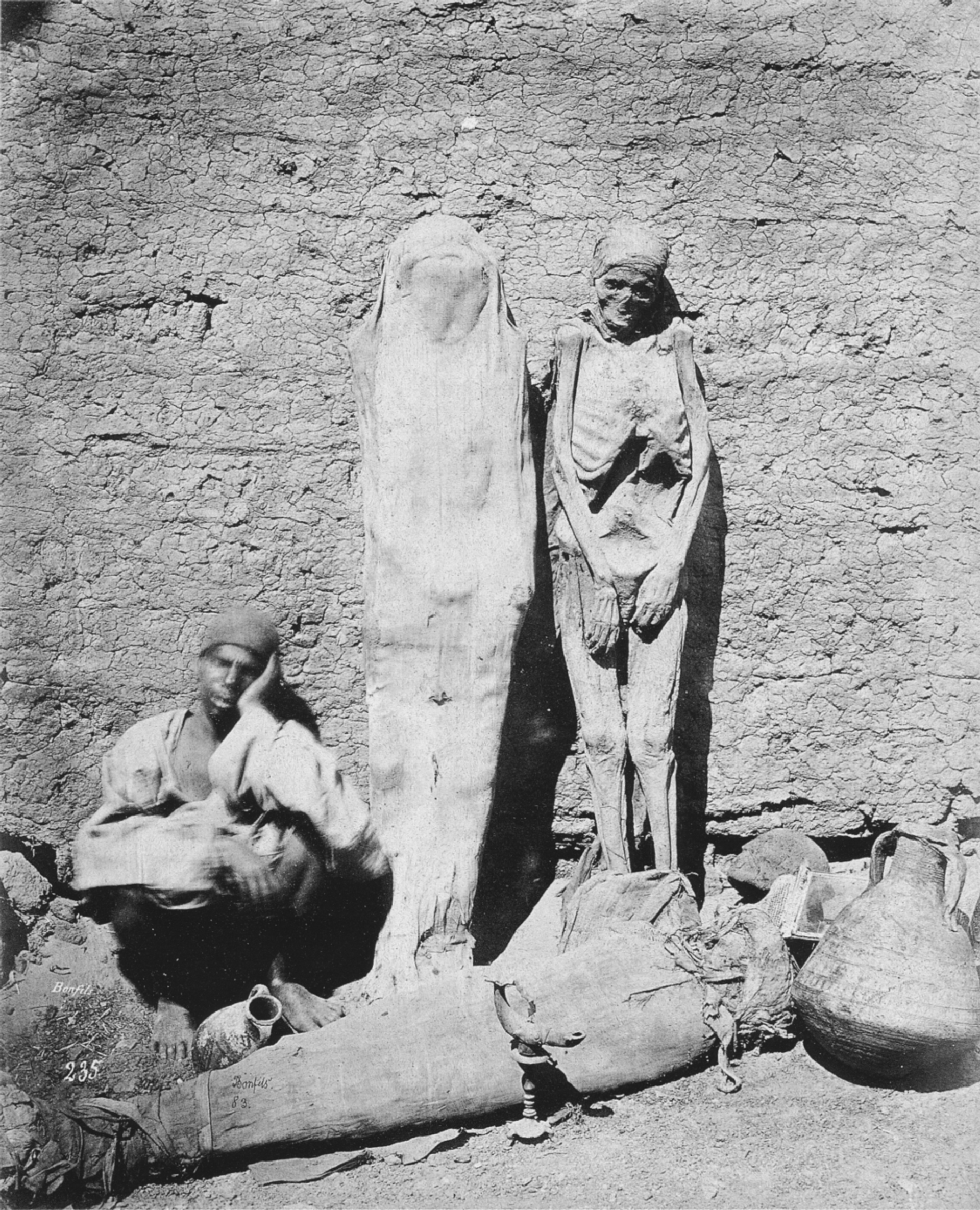
So The so-called civilized world were shocked when the Columbus expedition brought news of cannibalism in the New World. However, the inhabitants of Western Europe themselves, from the Middle Ages until the Enlightenment, ate dead people in large quantities. And when this practice finally ended, the upper classes in the advanced countries came up with a way to use the corpses for entertainment — and such pleasures were not considered something shameful.
Before the development of modern science, medicine was largely magic, so people tried to treat diseases by the principle of similitude (today it is still used in homeopathy). According to this approach, if you have a headache, it is logical to eat someone's head. Europeans had this opportunity.
Translator error
The word «mummy» etymologically goes back to the Persian «mum» — «wax», and originally it meant asphalt, or natural bitumen. This mineral resin, formed from the remains of prehistoric plants and animals, is found in abundance in the Middle East.
In antiquity, the substance was widely used in medicine. Modern scientists have confirmed that it does indeed have antimicrobial properties — which came in handy when preserving bodies in ancient Egypt.
However, not all mummies were covered asphalt. It was just a cheap analogue of various resins and oils used to embalm the aristocratic dead, and began to be used already in the late period, when mummification became mainstream, accessible to more or less the general population.
The Persians, and then the Arabs, who invaded Egypt and found the mummies there, believed that they were covered with bitumen (although this was far from always true).
During the so-called Renaissance of the XII century, Europeans discovered Persian and Arabic written sources, from where they learned about the «miraculous» properties of asphalt. This material quickly became scarce in the West.
One of the translators of Middle Eastern texts, Gerard of Cremona, incorrectly interpreted the mummy as a substance that is obtained by mixing the «liquids of the dead» with aloe and «a substance found in the earth.» After that, the concept of «mummy» began to include not only the mineral, but also the flesh of the embalmed body. Such a «discovery» made it possible to solve the problem of bituminous deficiency — European medicine began to use the corpses of the ancient Egyptians.
Paints from the other world
Until the 18th century, individual fragments of bodies or powder prepared from human remains could be found on pharmacy shelves. These remedies were proposed to treat a wide variety of diseases. «Preparations» from people were not disdainful at the highest level. It is known that the English king Charles II improved his health with a tincture of the bones of the skull. data-crop-width=»600″ data-crop-height=»1039″ data-source-sid=»cc_by-sa_30″ class=»m-vertical lazyload» width=»1920″ height=»3324″ decoding=» async» />
The allegedly royal status of the ancient dead gave special means to such medicines — at least the patients were convinced of this. However, in reality, most of the mummies, most likely, did not belong to the upper classes during their lifetime. And some weren't even ancient Egyptians at all.
For the Arab mummy dealers, this was a lucrative business. Therefore, they resorted to tricks: they passed off the embalmed corpses of recently deceased people or even the bones of animals, such as camels, as the remains of ancient kings. 
But soon this there was no need: European doctors switched to medicines from ordinary, local dead. In some medical treatises, the word «mummy» began to refer to a dead body in general.
In Christian culture, eating one's own kind is unacceptable, but the inhabitants of that era in their minds somehow separated medical cannibalism from ordinary cannibalism, the researchers note. type=»photo» data-crop-ratio=»0.6921875″ data-crop-width=»600″ data-crop-height=»415″ data-source-sid=»» class=»lazyload» lazy=»1″ />
In the XVIII century, the practice of medical cannibalism came to naught. However, interest in ancient Egypt did not wane. Already in the Victorian era, public unwrapping of mummies became a popular social entertainment.
In addition, ancient embalmed bodies have long served as an ingredient for the production of paints. For example, the brown color in Martin Drolling's «Kitchen Interior» (1815) literally has an afterlife origin. data-crop-ratio=»1″ data-crop-width=»600″ data-crop-height=»600″ data-source-sid=»cc_0″ class=»lazyload» width=»1920″ height=»1920 » decoding=»async» />

